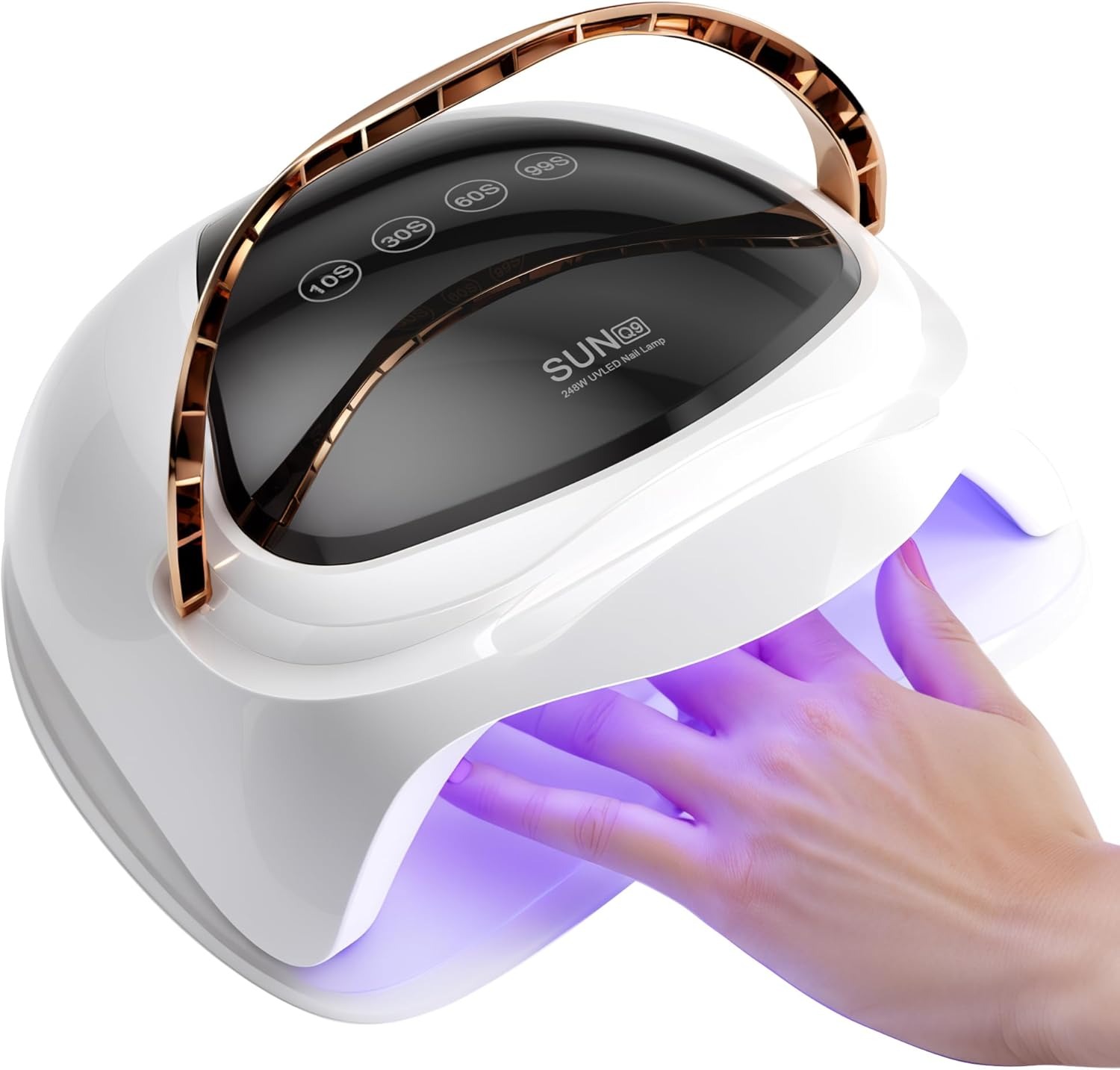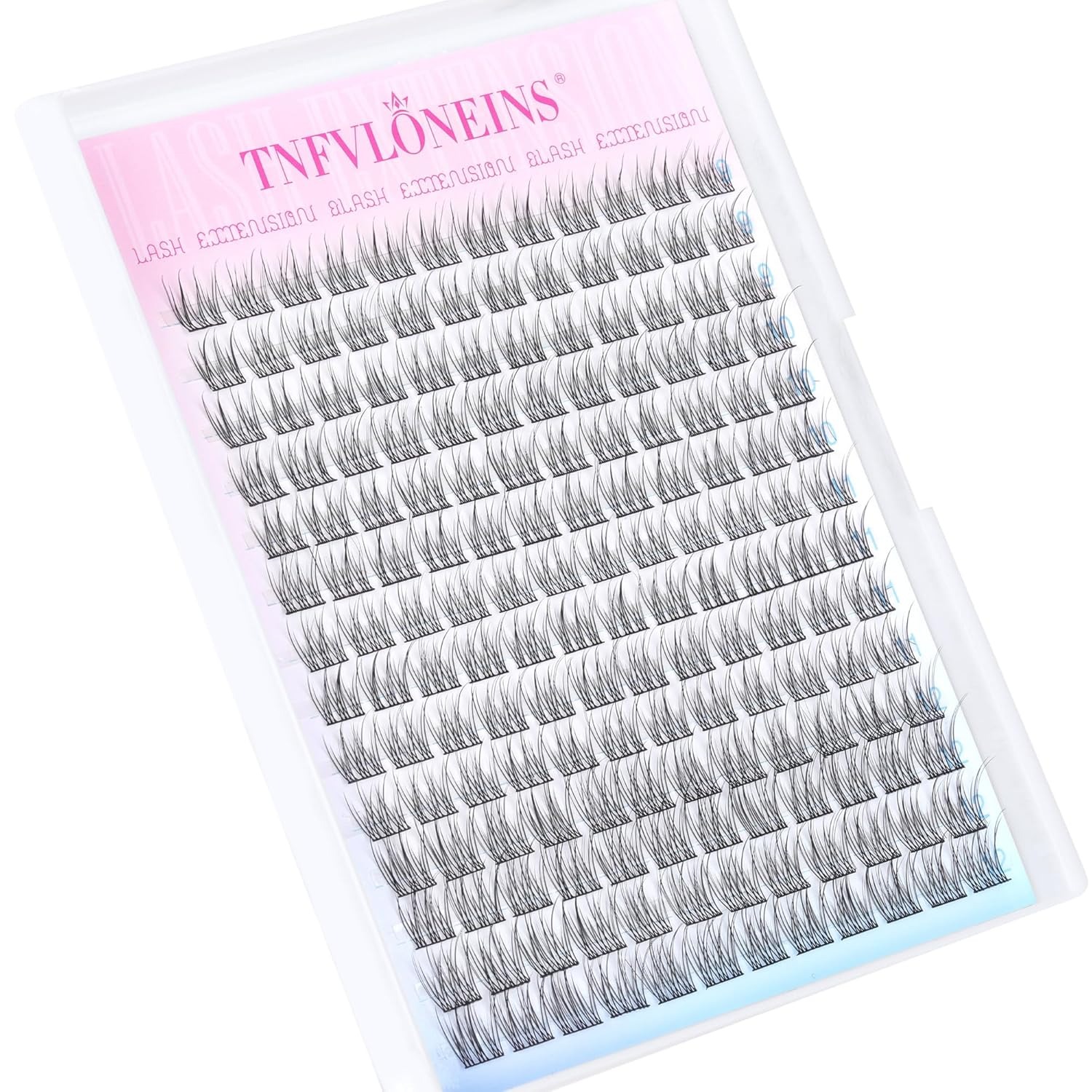When it comes to maintaining beautiful nails, nail polish remover acetone plays a crucial role. Whether you’re transitioning between bold colors or simply tidying up your manicure, understanding how to use acetone-based removers can make all the difference. This article delves deep into everything you need to know about acetone nail polish remover, from its effectiveness in removing gel polish to safer alternatives and tips for those with sensitive skin. By the end, you’ll be equipped with the knowledge to keep your nails looking their best without compromising their health.
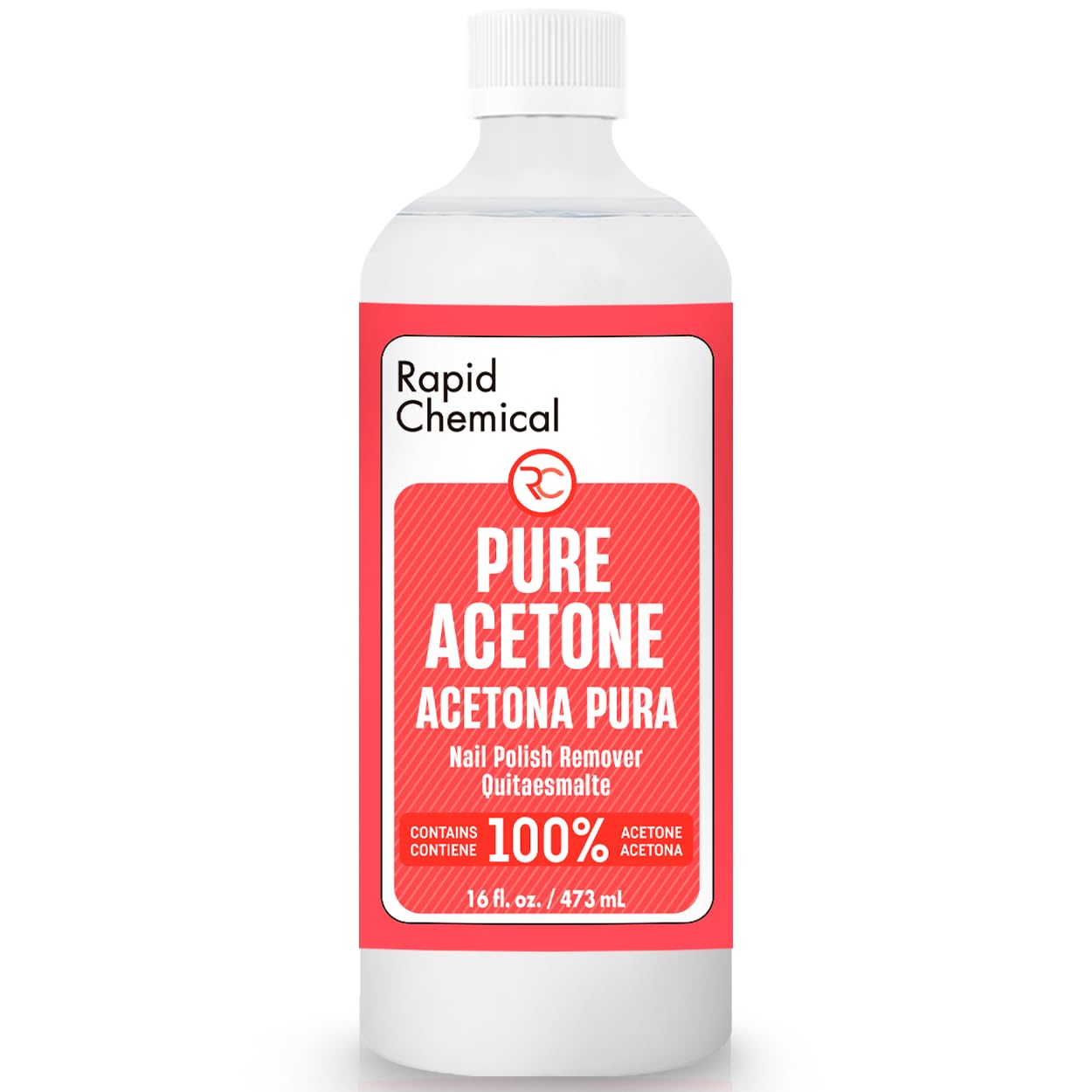 The Fastest Way to Remove Gel Polish (Step-by-Step)
The Fastest Way to Remove Gel Polish (Step-by-Step)
Removing gel polish can be a daunting task, especially if you’re new to the process. However, with nail polish remover acetone, you can achieve a swift and efficient removal. Here’s a step-by-step guide to help you navigate the process seamlessly:
Step 1: Gather Your Supplies
- Acetone Nail Polish Remover: Ensure it’s pure acetone for the best results.
- Cotton Balls or Pads: These will hold the remover against your nails.
- Aluminum Foil: Cut into small squares to wrap around each fingertip.
- Nail File: To gently buff the surface of the gel polish.
- Cuticle Oil: To replenish moisture after removal.
Step 2: Prepare Your Nails
Start by gently filing the top layer of your gel polish. This breaks the seal and allows the acetone to penetrate more effectively. Be cautious not to file too aggressively to avoid damaging your natural nails.
Step 3: Soak the Cotton
Soak a cotton ball or pad in nail polish remover acetone. Ensure it’s thoroughly saturated but not dripping.
Step 4: Apply to Nails
Place the soaked cotton directly onto each nail. Wrap each fingertip with a piece of aluminum foil to hold the cotton in place. This creates a snug seal that helps the acetone work more efficiently.
Step 5: Wait Patiently
Allow the remover to sit for about 10-15 minutes. During this time, the acetone breaks down the gel polish, making it easier to remove.
Step 6: Remove and Gently Scrape
After soaking, remove the aluminum foil and cotton. Gently scrape off the softened gel polish using a wooden cuticle stick. Be gentle to avoid harming your nails.
Step 7: Moisturize
Wash your hands thoroughly and apply cuticle oil to restore moisture to your nails and surrounding skin.
By following these steps, you can effectively remove gel polish using nail polish remover acetone, ensuring a smooth and damage-free process.
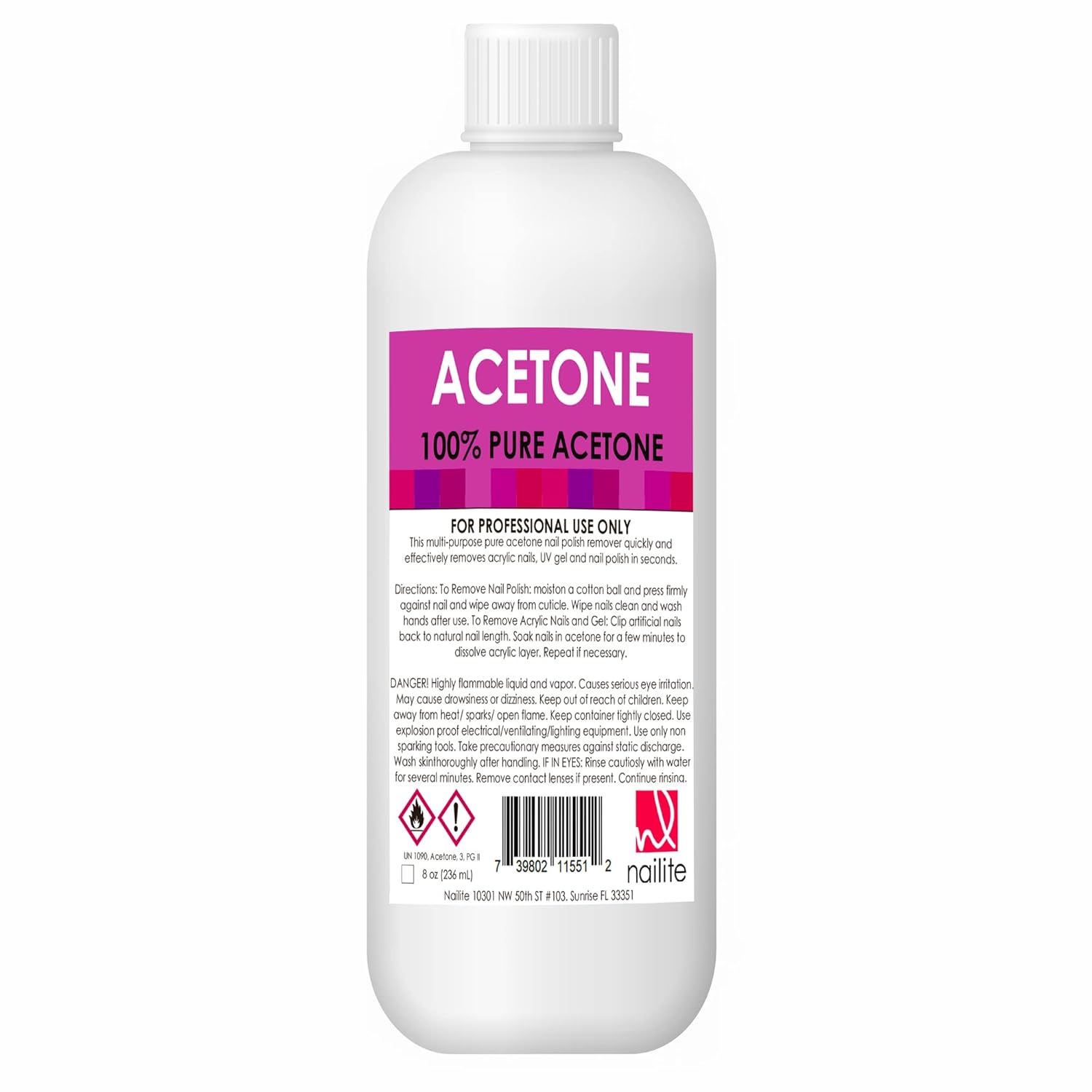 Polish Remover Acetone vs. Non-Acetone: Which Works Best for Your Nails?
Polish Remover Acetone vs. Non-Acetone: Which Works Best for Your Nails?
Choosing between nail polish remover acetone and non-acetone alternatives can be confusing. Each type has its own set of benefits and drawbacks. Let’s explore the differences to help you make an informed decision.
Acetone Nail Polish Remover
Pros:
- Highly Effective: Acetone is excellent at breaking down and removing stubborn nail polishes, including gel and glitter varieties.
- Fast-Acting: It works quickly, reducing the time needed for removal.
- Versatile: Suitable for a wide range of polish types.
Cons:
- Drying Effect: Acetone can strip nails and surrounding skin of natural oils, leading to dryness and potential brittleness.
- Strong Odor: The potent smell can be off-putting for some users.
- Potential Irritation: May cause irritation, especially for those with sensitive skin.
Non-Acetone Nail Polish Remover
Pros:
- Gentler on Nails: Less drying than acetone-based removers, helping to maintain nail health.
- Pleasant Fragrance: Typically has a milder scent, making the removal process more enjoyable.
- Suitable for Sensitive Skin: Less likely to cause irritation or allergic reactions.
Cons:
- Less Effective: May require more effort and time to remove stubborn polishes, especially gel varieties.
- Additional Application Needed: Often requires more product or repeated applications for complete polish removal.
- Potential Residue: Might leave a slight residue, necessitating further cleaning.
Making the Choice
If you prioritize efficiency and need to remove tough polishes like gels, nail polish remover acetone is your best bet. However, if you have dry or sensitive nails and prefer a gentler approach, non-acetone removers may be more suitable. Ultimately, the choice depends on your specific needs and preferences.
Acetone Nail Polish Remover Hacks: 5 Tricks to Soften Nails Before Removal
Using nail polish remover acetone can be harsh on your nails if not done correctly. To minimize damage and make the removal process smoother, try these five hacks to soften your nails beforehand:
1. Soak in Warm Water
Before applying acetone, soak your hands in warm, soapy water for about 10 minutes. This helps to soften the nails and the polish, making it easier to remove.
2. Apply Petroleum Jelly
Coat your cuticles with petroleum jelly to create a barrier. This prevents the acetone from drying out your skin, reducing irritation and dryness.
3. Use a Nail Buffer
Gently buff the surface of your nails to break the seal of the polish. This allows the acetone to penetrate more effectively, speeding up the removal process.
4. Thin Layers
When applying the acetone-soaked cotton, ensure it’s not overly saturated. Using just enough remover can prevent excess dryness and make the process more efficient.
5. Massage with Cuticle Oil
After removal, massage your nails and cuticles with cuticle oil. This restores moisture and nourishes your nails, promoting healthier growth.
By incorporating these hacks, you can enhance the efficacy of nail polish remover acetone while safeguarding your nails from potential damage.
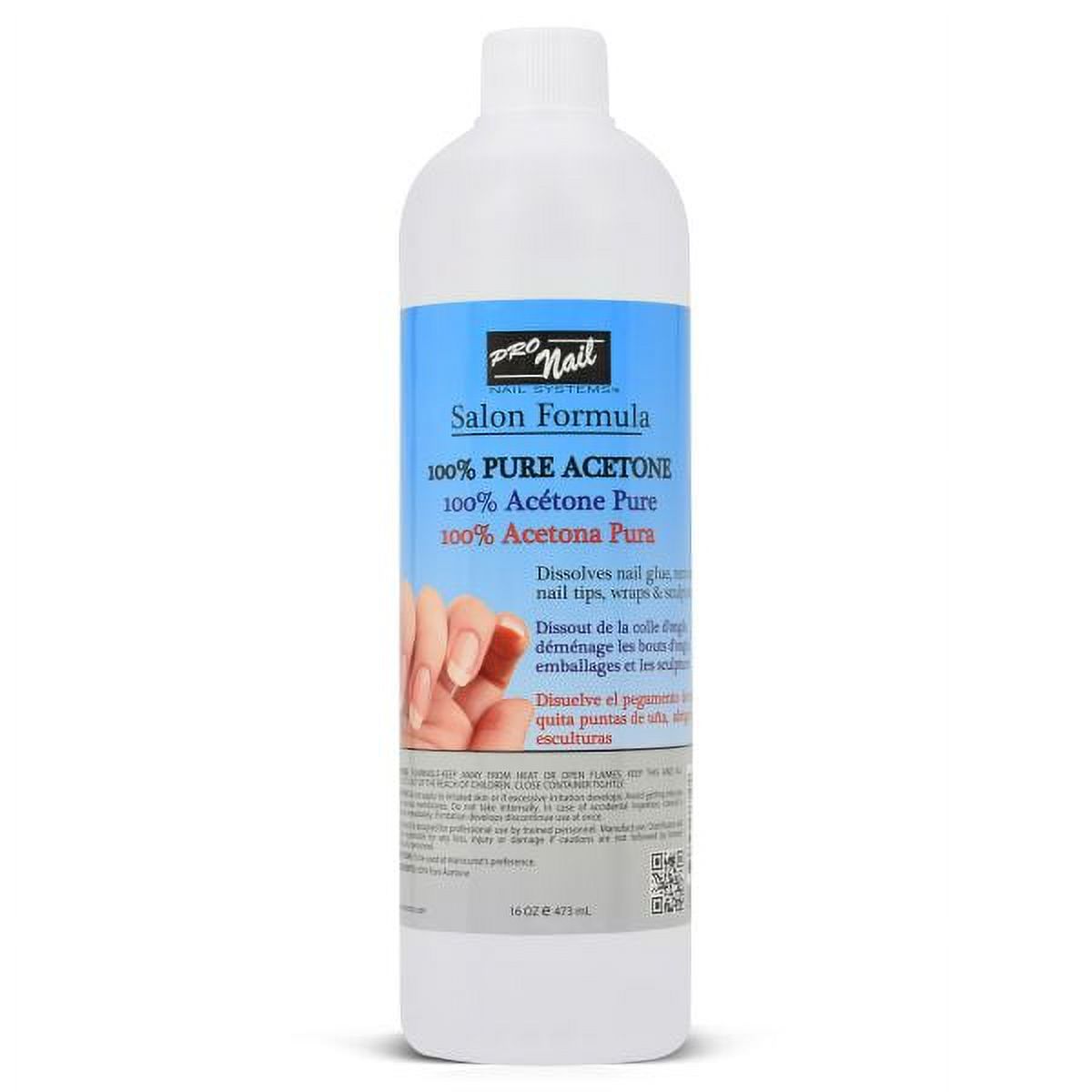 Polish Remover Acetone-Free Alternatives: Are They as Effective?
Polish Remover Acetone-Free Alternatives: Are They as Effective?
With growing concerns about the harsh effects of acetone, many have turned to acetone-free alternatives. But do these alternatives hold up in terms of effectiveness? Let’s explore.
Common Acetone-Free Removers
- Soy-Based Removers: Utilize natural ingredients to break down polish gently.
- Oil-Based Removers: Often contain oils like almond or coconut, which nourish nails while removing polish.
- Water-Based Removers: Offer a non-toxic solution with milder effects on nails.
Effectiveness Compared to Acetone
While acetone remains the most potent remover, acetone-free alternatives can be effective, especially for regular polish removal. They may require more effort or time to remove stubborn polishes like gels, but they offer a gentler approach that preserves nail health.
Best Uses
- Regular Polish: Acetone-free removers work well for everyday nail polish removal without stripping nails.
- Sensitive Skin: Ideal for those prone to dryness or irritation from acetone.
- Frequent Use: Suitable for individuals who remove polish daily or multiple times a week.
Conclusion
While acetone-free nail polish removers may not match the speed and efficiency of acetone-based options, they provide a safer and gentler alternative for maintaining nail health. If you prioritize reducing dryness and irritation, these alternatives are worth considering.
Acetone Nail Polish Remover for Sensitive Skin: 3 Products That Don’t Irritate
For individuals with sensitive skin, finding an effective yet gentle nail polish remover acetone can be challenging. Here are three top-rated products designed to minimize irritation while delivering excellent results:
1. Cutex Soft Touch Remover
- Features: Contains nourishing ingredients like sweet almond oil and vitamin E.
- Benefits: Gently removes polish without drying out the skin or nails.
- User Experience: Praised for its mild scent and effective removal capabilities.
2. Sally Hansen Insta-Remove Non-Acetone Remover
- Features: Free from acetone, gluten, and parabens.
- Benefits: Offers a soothing formula that’s safe for sensitive skin.
- User Experience: Loved for its quick-drying formula and minimal odor.
3. Zoya Remove+ Non-Acetone Remover
- Features: Enriched with botanicals like aloe and vitamin E.
- Benefits: Moisturizes and protects nails while effectively removing polish.
- User Experience: Appreciated for its non-irritating formula and efficient removal process.
Choosing the Right Product
When selecting a nail polish remover acetone for sensitive skin, look for products that include moisturizing and soothing ingredients. These formulations help counteract the drying effects of traditional removers, ensuring your nails and skin remain healthy and hydrated.
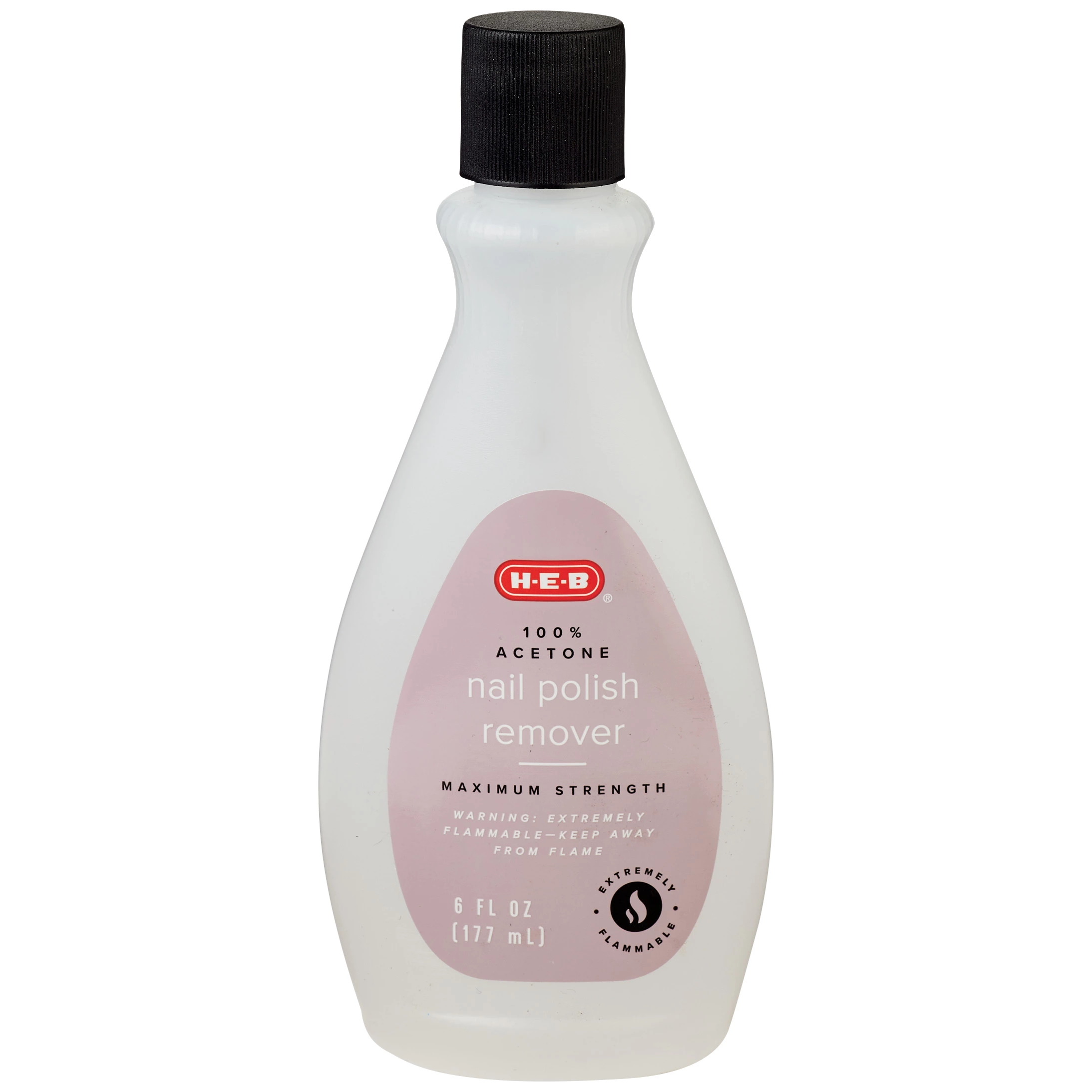 How Often Should You Use Acetone Nail Polish Remover? (Overuse Risks Explained)
How Often Should You Use Acetone Nail Polish Remover? (Overuse Risks Explained)
Using nail polish remover acetone is a staple in many nail care routines. However, moderation is key to preventing potential damage. So, how often should you use acetone-based removers?
Recommended Frequency
- Weekly Limit: It’s generally safe to use acetone removers once a week. This frequency allows for effective polish removal without over-drying your nails.
- Occasional Use: For those who don’t frequently change their nail color, using acetone remover every couple of weeks is sufficient.
Risks of Overuse
Excessive use of nail polish remover acetone can lead to several issues:
- Dryness and Brittleness
- Acetone strips away natural oils, causing nails to become dry and prone to breakage.
- Weakening of Nails
- Frequent removal can weaken the nail structure, increasing the risk of splits and cracks.
- Skin Irritation
- Overexposure to acetone can irritate the surrounding skin, leading to redness and dryness.
- Discoloration
- Nails may develop a yellowish tint or become discolored over time with excessive use.
Best Practices for Safe Use
- Limit Frequency: Stick to using acetone removers sparingly, adhering to the recommended weekly or bi-weekly schedule.
- Hydrate Regularly: Apply cuticle oil or a nourishing hand cream after removal to replenish moisture.
- Use Gentle Removal Techniques: Follow proper removal steps to minimize damage and lessen the need for repeated applications.
- Alternate with Non-Acetone Removers: On days when you’re not using acetone removers, consider using gentler, non-acetone alternatives to give your nails a break.
Conclusion
While nail polish remover acetone is highly effective, it’s important to use it responsibly to maintain healthy nails. By adhering to recommended usage frequencies and incorporating moisturizing practices, you can enjoy flawless nails without the adverse effects of overuse.
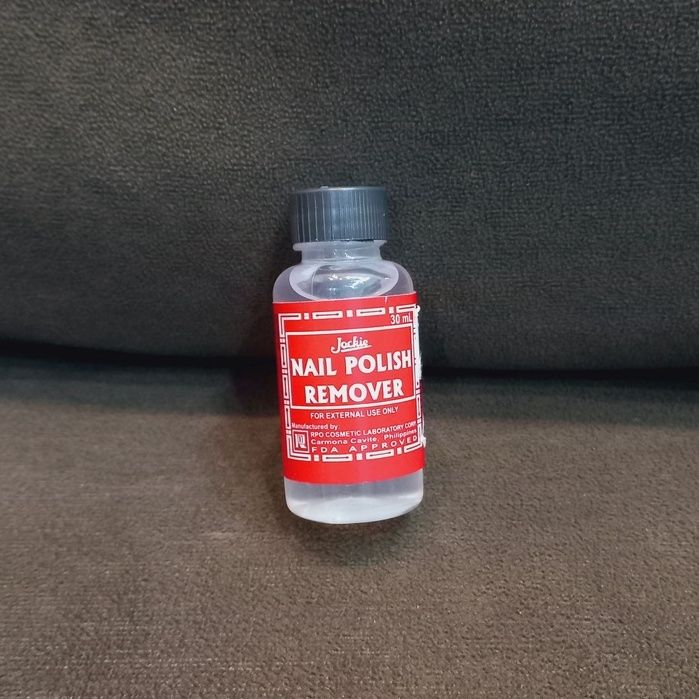 Conclusion
Conclusion
Understanding the ins and outs of nail polish remover acetone empowers you to make informed choices about your nail care routine. From swiftly removing stubborn gel polishes to selecting the right product for sensitive skin, acetone-based removers offer both effectiveness and versatility. However, it’s essential to use them judiciously to prevent potential nail and skin damage. Whether you opt for traditional acetone removers or explore gentler, acetone-free alternatives, prioritizing nail health ensures your manicure remains beautiful and resilient. Embrace these insights and elevate your nail care regimen with confidence and care.

